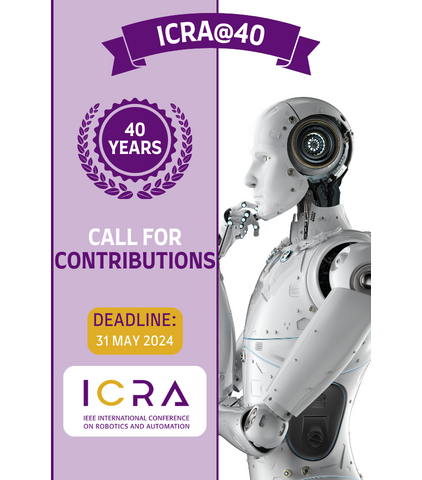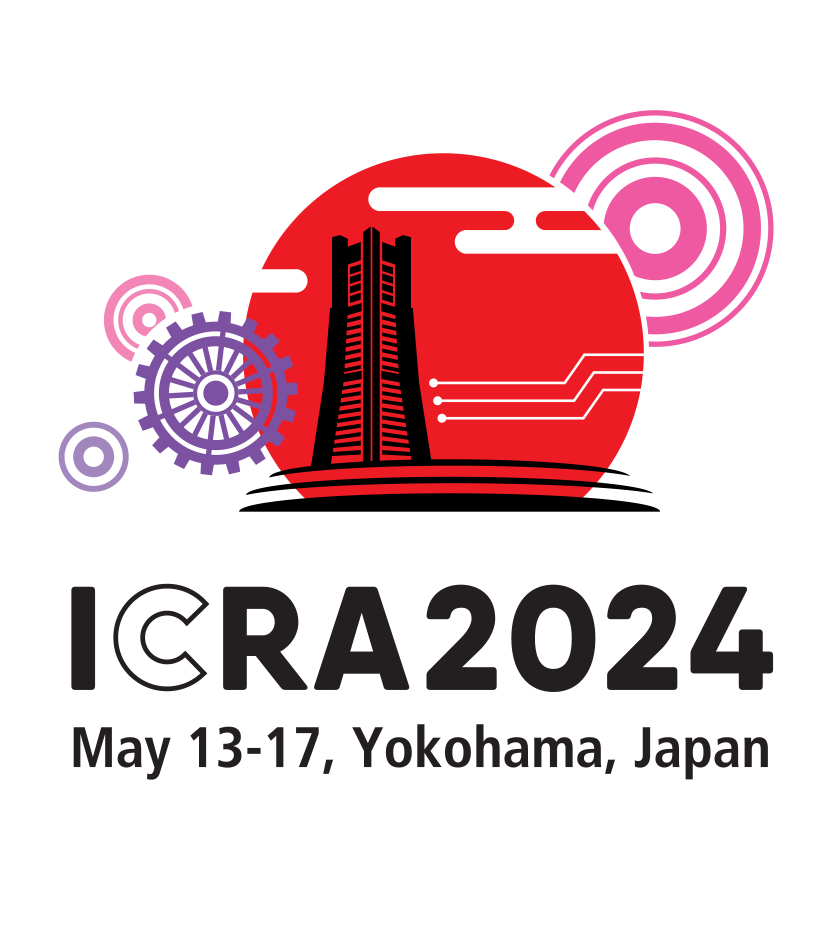Call for Papers – Special Issue IEEE Transactions on Haptics
Towards a transdisciplinary approach to the development and control of haptic devices for human-in-the-loop applications
Aims and scope
Building haptic interfaces for human-in-the-loop applications is a scientific and technological challenge, which requires finding ways to intuitively channel sensorimotor information via afferent and efferent pathways of the human nervous system. In such applications, the artificial system for touch can be intended as a direct extension of a human body (e.g., teleoperation) or as a device to be perceived as a part of the body (e.g., prosthetics).
New system perspectives are needed for the development of novel-generation haptic interfaces, which poses significant challenges on several levels of analysis. In addition to problems related to the design of technologically advanced systems, the time is ripe to question how to smoothly integrate such artificial systems into the natural flow of human cognition. This involves considerations concerning the very identity of cognitive processes, their extension in the environment, and their relationship with the agent’s motor abilities. We believe that overcoming the current boundaries requires a transdisciplinary interaction between engineering, computational neuroscience, human motor control, cognitive sciences, and philosophy of mind. Generating a dialogue between these research fields will be beneficial for obtaining innovative results in the construction of haptic interfaces in the next decade. The scope of this Special Issue is to define a promising road-map for the development and control of future haptic interfaces, fostering novel advancements towards filling the gap between the development of haptic technologies and human-in-the-loop application requirements.
This Special Issue focuses on topics in the area of, but not restricted to, the following:
-
Soft bio-inspired designs for intrinsically compliant bionic limbs enabling manipulation dexterity and open issues for their effective integration into human-in-the-loop systems
-
Algorithms, approaches and systems to exploit the abundance of tactile data generated by the haptic device within the local feedback loop and/or to be conveyed to the user as haptic feedback
-
Modelling and bio-inspired design of robotic contact interfaces
-
Development of intelligent sensor systems for human intent detection or environment feature detection
-
Feedback interface: robustness, invasiveness, biomimetic-neuromorphic solutions or possible alternatives
-
Fruitful interaction between mechatronics and sensorimotor loop
-
Shared control – potential interference between semi-autonomy and embodiment
-
The perception of haptic affordances and its role in guiding goal directed actions
-
How human motor intentions could shape the control of haptic devices and processing of sensory feedback
-
The localization of haptic perception, the boundaries between information processing, and motor interactions with external objects.
If you are unsure whether your topic of research fits the scope of this Special Issue, please contact the Guest Editors.
Submission instructions
We welcome top-quality original (unpublished) articles. Each submission will be peer-reviewed and the selection of papers will be based on their impact, originality, and relevance to the aims and scope of the special issue. All submissions should be formatted following the IEEE ToH journal instructions for authors and submitted to: https://mc.manuscriptcentral.com/toh.
To ensure that all manuscripts are correctly identified for evaluation for the Special Issue, please select “Special Issue: Transdisciplinary approach to Haptics” in the submission process (selection available from June 1)-.
Important dates
Submission deadline: July 20, 2023 Extended to November 30, 2023
First decision sent to authors: approximately 3 months after submission
Final decision sent to authors: approximately 6 months after submission
Final publication material due from authors: approximately 7 months after submission
Guest editors
The composition of the editorial board is an extension of the original (italian) editorial board of the Special Session entitled “Human-in-the-loop control of haptic devices: now and the future” at the SysInt international conference (https://sysint-conference.org/), from which this proposal derived.
Lucia Seminara (lucia.seminara@unige.it) - Electrical, Electronics and Telecommunication Engineering and Naval Architecture Department, University of Genoa, Italy.
Strahinja Dosen (sdosen@hst.aau.dk) – Department of Health Science and Technology, Neurorehabilitation Systems, Aalborg University, Denmark.
Giovanni Berselli (giovanni.berselli@unige.it) – Department of Mechanical Engineering, University of Genoa & Advanced Robotics Department (ADVR). Italian Institute of Technology, Italy.
Gerald E. Loeb (gloeb@usc.edu) – Department of Biomedical Engineering, University of Southern California, Los Angeles, CA USA.
Salvatore Pirozzi (salvatore.pirozzi@unicampania.it) – Department of Engineering, University of Campania “Luigi Vanvitelli”, Italy.
Roberta Klatzky (klatzky@andrew.cmu.edu) - Department of Psychology, Carnegie Mellon University, Pittsburgh, PA USA.
Silvano Zipoli Caiani (silvano.zipolicaiani@unifi.it) – Department of Humanities, Università degli Studi di Firenze, Italy.
Mengjia Zhu (mengjiazhu@mat.ucsb.edu) – Research scientist at Meta Reality Labs (previously: PhD student at the Re-touch lab http://www.re-touch-lab.com/ - University of California, Santa Barbara)







